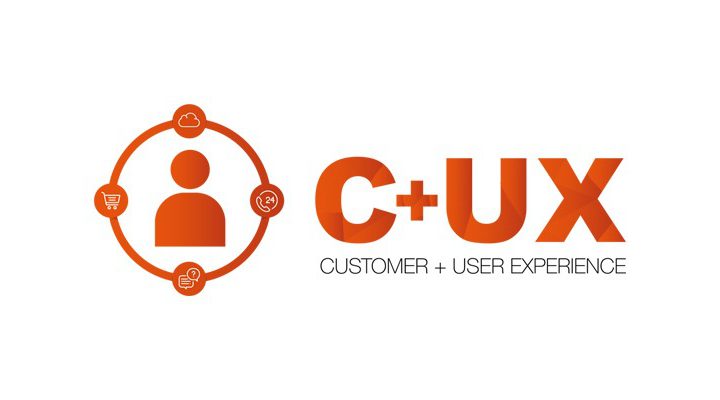During 2005 one of the many interesting projects undertaken by Bunnyfoot included a large scale usability test of a new Microsoft website.
Microsoft are extremely aware of the need for usability testing, but what was unusual was that they wanted to carry out regional testing – in England (inside and outside London ), Wales and Scotland .
At Bunnyfoot we had been anecdotally aware that there was a difference in internet behaviour of users inside London and those in the South of the country.
Over the years we have carried out numerous user tests in London and noticed that the browsing habits of Londoners and those outside London demonstrate subtle but definite differences.
The Microsoft testing confirmed our anecdotal suspicions by revealing these regional user-interaction trends in a quantifiable way.
Londoners:
- Tend to be the most experienced web users
- On average they complete tasks in a quicker time but were more likely to fail to complete a task
Scottish and Welsh:
- Tend to be less experienced than Londoners and those from the south of England
- On average they take longer to complete tasks but had a higher overall completion rate
Southern English:
- Tended to sit between the London and the Scottish and Welsh extremes
- May be more representative of the UK population as a whole
What does this mean to you?
When you are planning to test your product beware of testing only in London as it may lead to a distorted view of the UK population as a whole. Remember, the population of London is only 11.6% of the total population of the UK.
Londoners are not representative of the UK population so testing only in London can lead to a high number of erroneously reported usability issues leading to increased spending on remedial work and possibly a delay in making the website live. It can also lead to increased costs and even the perceived need for further, potentially unnecessary, rounds of testing.
Accounting for this regional phenomena in your testing may come at a cost both in terms of time and money. Sourcing an available external venue always takes more time than scheduling an internal resource and this can lead to unnecessary days being added to the project length. Serviced viewing facilities are charged at a premium – they exist to make a profit!
In addition, when using a serviced viewing facility in a different geography we often need to be 100% reliant on external recruitment agencies. Again this can lead to increased costs, additional days being added to the project and externally recruited users tend to ‘no-show’ more than internally recruited users.
As an antidote to this Bunnyfoot now has offices in London (Westbourne Park), Sheffield, Reading, and another close to the Scottish Parliament in Holyrood, Edinburgh .
We now have the largest number of user experience labs in the UK , environments designed to provide naturalistic environments for a variety of testing scenarios:
Edinburgh:
- 1 small office / home office set up
- 1 formal office
- 1 sitting room
London:
- 1 sitting room / small office / home office setup
Oxford:
- 1 small office / home office setup
- 1 formal office
- 1 sitting room
Reading:
- 1 small office / home office setup
- 1 formal office
Sheffield:
- 1 small office / home office setup
- 1 formal office
Bunnyfoot are now the best resourced user experience consultancy in the UK. Our resources allow our clients the option to have cost effective access to regional testing without extending project timeline or cost. It’s another Bunnyfoot first!
Summary recommendation:
If your target market covers the whole of the UK do nationwide testing – avoid the risk of regional bias.





